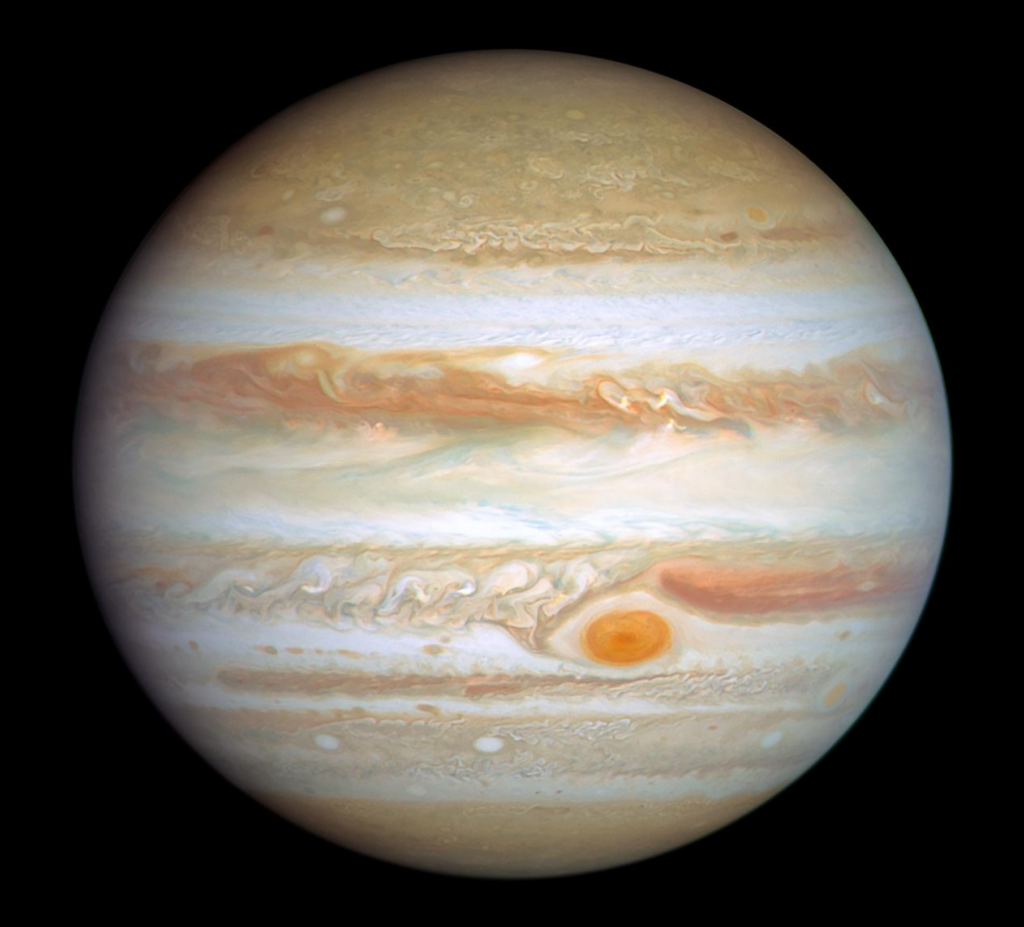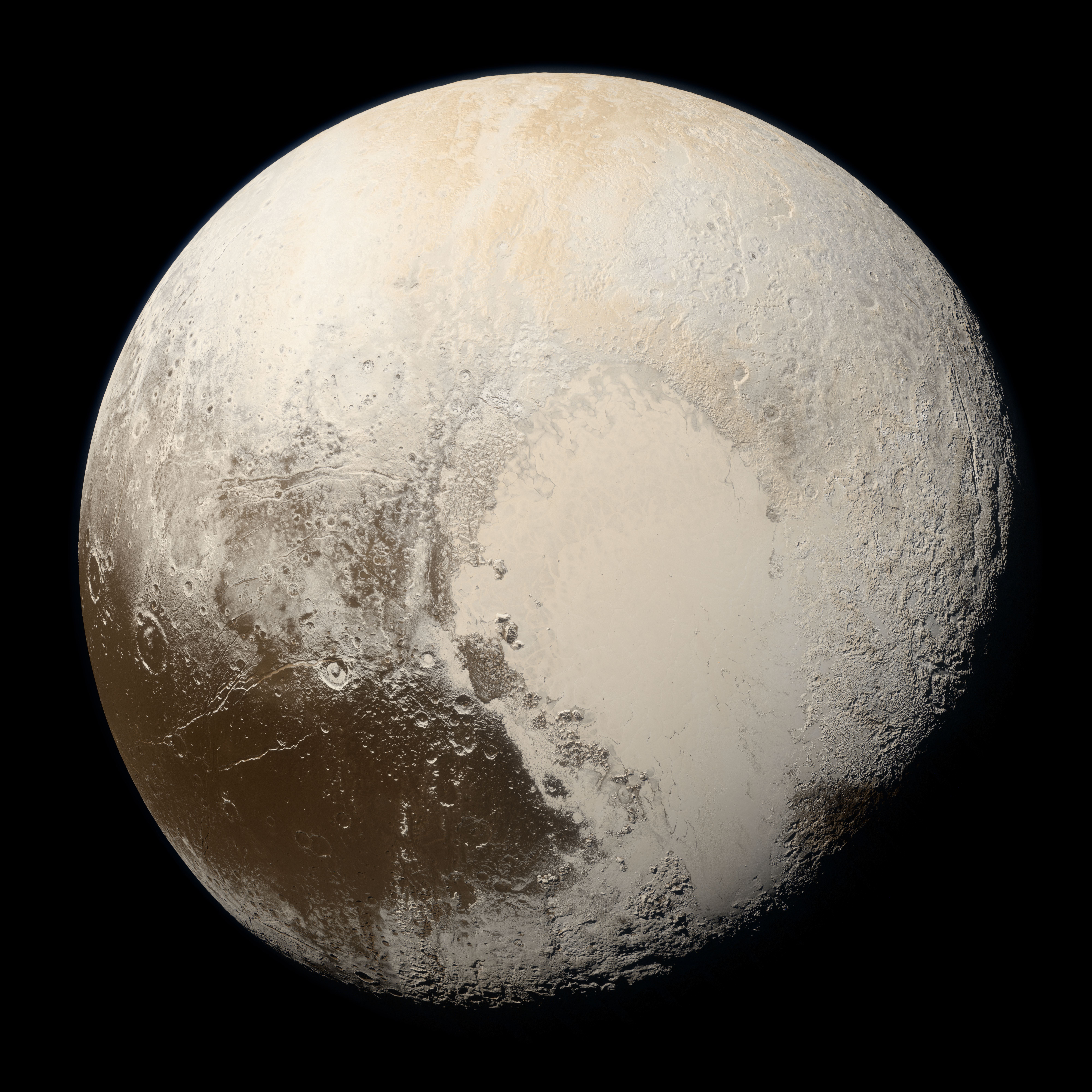Table of Contents
A Celestial Beacon Across Cultures
For millennia, Jupiter of the brightest celestial bodies visible from Earth has captivated civilizations, inspiring mythology and shaping early astronomy. The Babylonians were among the first to document its movement, meticulously tracking its position across the night sky and integrating it into their system of omens and astrology as early as the 7th century BCE. Later, the Greeks associated this celestial giant with Zeus, their king of gods, emphasizing its dominance in the heavens. The Romans, inheriting Greek traditions, named it after their supreme deity, a practice that would influence Western astronomical naming conventions. In China, it was called the “Year Star” due to its 12-year orbit, aligning with their zodiac cycle and influencing astrological beliefs.
Many other civilizations, including the Mayans, recognized the significance of this planet, incorporating its cycles into their advanced astronomical calendars. Its movement across the sky provided a way to measure time and predict celestial events, shaping early understanding of the cosmos. The Renaissance brought a turning point in human knowledge when Galileo Galilei used a telescope in 1610 to observe four of its moons, proving that not all celestial objects revolved around Earth. These discoveries strengthened Copernicus’ heliocentric model, forever changing the way humanity understood the solar system. Jupiter’s vast presence in mythology and science has made it a timeless object of wonder, bridging the gap between ancient beliefs and modern discovery.
The First Giant of the Solar System
As the earliest planet to take shape, this massive celestial body formed approximately 4.5 billion years ago from the swirling disk of gas and dust left behind after the Sun’s birth. Its immense gravitational pull allowed it to rapidly attract vast amounts of hydrogen and helium, the most abundant elements in the universe. With a mass exceeding that of all the other planets combined, it dominated its region of the solar system, preventing the formation of additional planetary bodies nearby. This gravitational influence played a significant role in shaping the structure of the solar system, particularly in the development of the asteroid belt, which exists as a remnant of disrupted planetary material.
Some models suggest this gas giant may have migrated slightly during its early existence, altering the positioning of surrounding planets and even influencing their compositions. Its massive presence likely had a hand in shaping the orbits of Mars, Earth, and Venus, guiding their development in ways still being studied today. The study of its formation provides astronomers with valuable insights into how similar gas giants develop around distant stars, shedding light on planetary evolution in other solar systems. Because its formation and gravitational impact were so instrumental in shaping the early solar system, it remains a key subject in the study of planetary science and exoplanet research.
A Gas Giant with a Complex Interior
Unlike terrestrial planets with solid surfaces, this massive world is composed almost entirely of gas, with no clearly defined boundary between its atmosphere and deeper layers. Its composition is primarily hydrogen, making up about 90%, with helium accounting for the remaining 10%, a ratio remarkably similar to that of the Sun. This vast envelope of gas gives it a swirling, dynamic atmosphere filled with high-speed winds and ever-shifting cloud patterns. Beneath these visible clouds, pressure and temperature increase dramatically, compressing hydrogen into a dense fluid-like state. This extreme environment prevents spacecraft from landing or even finding a solid surface, as the planet transitions gradually from gas to liquid under immense gravitational forces.
Deeper within, rising pressures force hydrogen atoms into an exotic metallic form, a phase that allows electricity to flow freely, making it an efficient conductor. This layer is believed to be responsible for generating the planet’s extraordinarily strong magnetic field, which is the most powerful of any planet in the solar system. At its core, some theories suggest a rocky and metallic center, though its exact composition remains uncertain due to the difficulty of direct observation. Small traces of water vapor, methane, and ammonia exist in its atmosphere, contributing to its vibrant cloud formations and chemical interactions.
A Storm Larger Than Earth
The largest known storm in the solar system has raged for at least 350 years, making it one of the most persistent weather phenomena ever recorded. First documented in detail during the 17th century, this enormous vortex stretches over twice the diameter of Earth and exhibits wind speeds surpassing 400 miles per hour. Unlike terrestrial hurricanes, which derive their power from warm ocean waters, this massive storm is sustained by complex atmospheric dynamics, including powerful jet streams and the rapid rotation of the planet. Its swirling, counterclockwise motion is indicative of an anticyclonic system, meaning high-pressure air moves outward, feeding the storm’s longevity rather than dissipating like storms on Earth.
Despite its legendary endurance, scientists have observed changes in the storm’s size over the past few decades. High-resolution images from space missions reveal that it has been gradually shrinking, and some models suggest it is evolving into a more compact but taller vortex. While the storm’s distinctive reddish hue remains an ongoing mystery, researchers theorize that the color results from ammonia-based compounds reacting with ultraviolet radiation from the Sun. Although it is shrinking, this planetary tempest remains one of Jupiter’s most recognizable features, illustrating the extreme and ever-changing nature of its atmosphere. The continued study of this enormous storm provides valuable insights into how massive, long-lived weather systems function in a gas giant’s atmosphere.

The Most Powerful Magnetic Field in the Solar System
The largest and strongest planetary magnetic field in the solar system extends an astonishing 7 million kilometers toward the Sun, nearly reaching the orbit of Saturn. This massive protective bubble, known as the magnetosphere, is generated by the rapid rotation and compressed metallic hydrogen deep within the planet’s interior. Unlike Earth’s magnetic field, which is generated by a molten iron core, this field results from the extreme pressures that force hydrogen into a metallic state, allowing electric currents to flow freely. The intense magnetic influence not only shapes the surrounding space environment but also interacts with charged particles from the solar wind, deflecting them and forming an enormous magnetotail stretching millions of kilometers into space.
This powerful magnetic presence creates radiation belts that are among the most dangerous in the solar system, surpassing even those surrounding Earth. Spacecraft attempting to study the planet must be equipped with special shielding to survive the extreme levels of radiation. The Galileo spacecraft, which orbited the gas giant in the 1990s, experienced intense radiation exposure, limiting its operational lifespan. The magnetosphere also drives dazzling auroras at the planet’s poles, which are far more powerful and persistent than those seen on Earth. These luminous displays occur when charged particles from the solar wind and the planet’s volcanic moon, Io, collide with its upper atmosphere.
A Diverse Collection of Moons
With at least 95 known moons, this gas giant hosts one of the most complex and diverse satellite systems in the solar system. Its four largest moons, known as the Galilean moons, were first observed by Galileo Galilei in 1610, marking a pivotal moment in astronomy. Each of these moons is unique in composition and characteristics, making them fascinating subjects of study. Io, the most volcanically active body in the solar system, is covered with erupting lava lakes and constantly reshaped by its extreme geologic activity. The gravitational forces from its host planet and neighboring moons generate powerful tidal heating, fueling hundreds of active volcanoes that spew sulfur and molten rock into space.
While Io is defined by its fire and brimstone landscape, Europa presents a stark contrast with its smooth, ice-covered surface. Beneath its frozen crust lies a vast, global ocean, which scientists believe contains more liquid water than all of Earth’s oceans combined. This subsurface ocean, heated by tidal forces, has become one of the most promising locations in the search for extraterrestrial life. Ganymede, the largest moon in the solar system, surpasses even Mercury in size and is the only moon known to generate its own magnetic field. Callisto, heavily cratered and ancient, may also contain an underground ocean, though its surface remains largely unchanged for billions of years.

A Cosmic Shield Against Catastrophe
The immense gravitational influence of this gas giant plays a crucial role in shaping the movement of comets and asteroids throughout the solar system. Its powerful gravity acts as a protective barrier, deflecting or capturing space debris that might otherwise pose a direct threat to Earth. Many long-period comets that originate in the distant Oort Cloud are influenced by its pull, often getting redirected into harmless orbits or pulled into the planet itself. One of the most significant examples of this occurred in 1994 when the fragments of Comet Shoemaker-Levy 9 crashed into its atmosphere. This event left massive scars visible for months, offering direct evidence of how the planet absorbs cosmic threats.
By intercepting or altering the paths of wandering space objects, this gas giant has likely reduced the number of catastrophic impacts on Earth over billions of years. Astronomers theorize that without its presence, Earth would have endured a much higher frequency of asteroid and comet collisions, potentially affecting the course of biological evolution. Some researchers even suggest that life may have struggled to gain a foothold if large-scale impacts had been more frequent. Though not every asteroid is deflected, the gravitational influence of Jupiter helps maintain a relative balance, limiting the number of destructive encounters Earth faces.
Unraveling the Mysteries of a Gas Giant
For decades, scientists have sent spacecraft to study the largest planet in the solar system, uncovering vital details about its atmosphere, rings, and moons. The first spacecraft to venture past this gas giant was Pioneer 10 in 1973, marking humanity’s initial close encounter with the planet. This historic flyby provided critical data on radiation levels and paved the way for future exploration. Just six years later, Voyager 1 and 2 followed, capturing breathtaking images of the planet’s turbulent atmosphere and revealing the presence of faint, dusty rings. These missions also delivered new information on the planet’s enormous magnetosphere, helping astronomers better understand its interactions with solar winds.
While early missions provided brief encounters, later spacecraft conducted more extensive studies. The Galileo spacecraft, launched in 1989, became the first to orbit the planet, spending eight years analyzing its atmosphere, magnetic field, and moons. It provided strong evidence that Europa has a subsurface ocean, increasing interest in its potential for life. More recently, NASA’s Juno mission, which arrived in 2016, has offered groundbreaking insights into the planet’s deep interior and storm systems. Future missions like the Europa Clipper will explore its icy moons in greater detail. With each mission, Jupiter’s mysteries are slowly revealed, helping scientists better understand gas giants and planetary evolution throughout the universe.

A Subtle and Elusive Ring System
Unlike the bright, icy rings of Saturn, the rings surrounding this gas giant are faint and composed primarily of microscopic dust. They were first discovered in 1979 by Voyager 1, revealing a nearly invisible structure that had gone undetected for centuries. These rings are thought to originate from meteoroid impacts on the planet’s small inner moons, which eject dust into orbit instead of forming large, icy particles like those found around Saturn. Because they lack reflective ice, the rings remain nearly undetectable from Earth, requiring space probes and infrared observations to study their composition and structure in greater detail.
Though barely visible, these rings provide important clues about planetary ring formation and evolution. Scientists believe they are relatively young and constantly replenished by impacts on nearby moons, preventing them from dissipating entirely. Observations from the Galileo and Juno missions have helped confirm that the rings are primarily made of dust from moons like Amalthea and Thebe. Understanding how these rings form may offer insights into similar processes occurring around exoplanets in distant star systems. The study of Jupiter’s rings continues to refine models of how gas giants develop and maintain these delicate structures over cosmic timescales.
A Giant That Fell Short of Stardom
This massive planet shares a similar composition with the Sun, consisting mostly of hydrogen and helium, leading to its nickname as a “failed star.” However, it lacks the critical mass required to sustain nuclear fusion, the process that powers true stars. If it were about 80 times more massive, the pressure at its core would be sufficient to ignite hydrogen fusion, making it a small star. Brown dwarfs, often considered the missing link between gas giants and stars, fall into this category but still require more mass than this planet possesses. Despite its inability to shine like a star, its sheer size and composition make it an important object in planetary science.
Although it does not generate energy through fusion, this gas giant still emits more heat than it receives from the Sun. This occurs due to gravitational contraction, a process where its immense gravity slowly compresses its core, generating internal heat. This mechanism has kept the planet warm since its formation, influencing its dynamic atmosphere and powerful storms. Infrared observations reveal that this excess heat contributes to its turbulent weather systems, helping to sustain its powerful winds and swirling cloud formations. Understanding why Jupiter never became a star provides valuable insight into planetary formation and the fine line between gas giants and failed stellar objects in the universe.

Exploring the Potential for Life Beyond Earth
Future space missions will concentrate on investigating the icy moons of this gas giant, with Europa being a primary target due to its potential to support life. Scientists believe a vast ocean lies beneath Europa’s thick ice shell, kept liquid by tidal heating from gravitational interactions. NASA’s upcoming Europa Clipper mission will use advanced instruments to analyze the moon’s surface and measure subsurface water activity. The European Space Agency’s JUICE (Jupiter Icy Moons Explorer) mission will also study Europa, along with Ganymede and Callisto, to understand their geological activity. These missions aim to determine if conditions exist that could sustain microbial life beneath the frozen crust.
Discovering signs of habitability on Europa would be a breakthrough in the search for extraterrestrial life. Scientists will examine its thin atmosphere for plumes of water vapor, which could provide a direct way to sample the moon’s ocean without drilling through its ice. Instruments will also look for organic compounds and energy sources that could support biological activity. Beyond Europa, studying other icy moons could provide insights into how life might exist in extreme environments. The data gathered from these missions will refine our understanding of habitable worlds and guide future exploration of ocean-bearing exoplanets beyond Jupiter’s influence.

The Gravitational Architect of the Solar System
The immense gravity of this gas giant has played a crucial role in shaping the structure and stability of the solar system. Its strong gravitational pull has influenced the orbits of many planets, helping to stabilize the inner solar system by preventing chaotic movements. It is also responsible for maintaining the asteroid belt between Mars and itself, preventing the material there from coalescing into another planet. Additionally, its gravity affects long-period comets, sometimes pulling them into stable orbits or ejecting them entirely from the solar system. Without this influence, the arrangement of planets and smaller celestial bodies could have been drastically different than what exists today.
Beyond its role in orbital mechanics, this massive planet continues to provide key insights into planetary evolution. By studying its atmosphere, scientists can compare its structure to exoplanets, helping to refine models of gas giant formation. Observations of its magnetosphere and radiation environment also offer a better understanding of space weather, which impacts satellites and future space travel. Its dynamic interactions with its moons serve as a model for understanding tidal forces and planetary geology elsewhere in the universe. As research continues, Jupiter remains an essential piece in unraveling the history and future of planetary systems.
How useful was this post?
Click on a star to rate it!
Average rating / 5. Vote count:
No votes so far! Be the first to rate this post.
Author
-
Meet Dr. Kendall Gregory, a highly accomplished professional with a remarkable academic background and a deep passion for empowering individuals through knowledge. Dr. Gregory’s educational journey began with a Bachelor of Science degree, followed by a Doctor of Chiropractic Medicine, focusing on diagnosing and treating musculoskeletal conditions. He further expanded his expertise with a Master's degree in Oriental Medicine, specializing in acupuncture and Chinese herbology, and a Master's degree in Health Care Administration, emphasizing his dedication to improving healthcare systems. Dr. Gregory combines his extensive knowledge and practical experience to provide comprehensive and integrative healthcare solutions. Through his writings, he aims to inspire individuals to take charge of their health and make informed decisions.
View all posts







